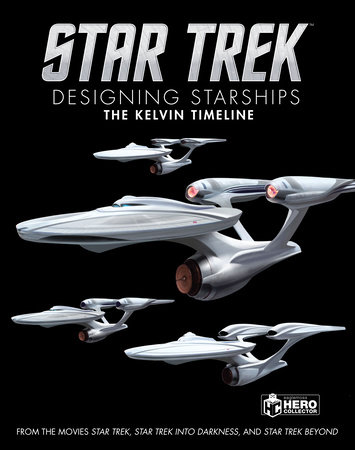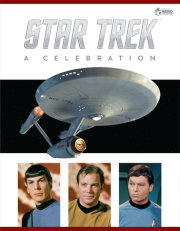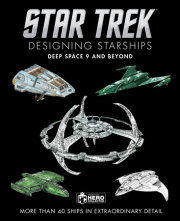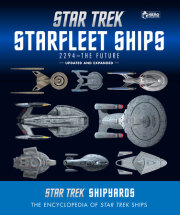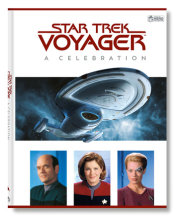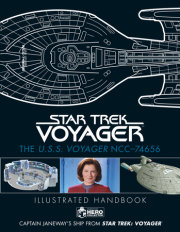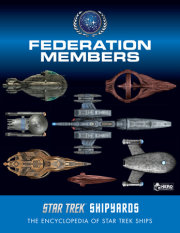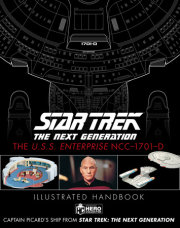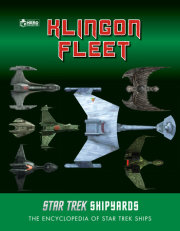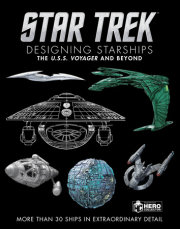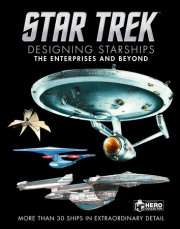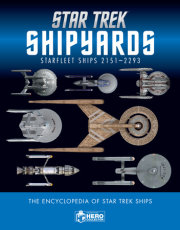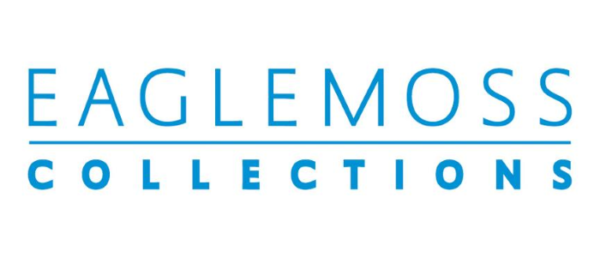DESIGNING THE ENTERPRISEWhen STAR TREK returned in 2009, everything was updated including the famous starship, which was cooler than ever.
For many people the Enterprise is STAR TREK, so getting the design of the new version right was every bit as important as casting a new Captain Kirk or a new Mr. Spock. In many ways, redesigning it for the 21st century summed up the challenge the whole movie presented to director JJ Abrams – somehow he had to make it instantly recognizable, but at the same time it had to be modern and sexy. In essence this was the brief that he gave his production designer Scott Chambliss: design a new Enterprise that would be both similar and noticeably different to Matt Jefferies’ original.
As Chambliss explains, Abrams stressed that while he wanted to make a tribute to Roddenberry’s original series, he wanted to do so without following slavishly in its footsteps. “At the same time, he wanted to embrace the inherent optimism of Roddenberry’s point of view. That was a great relief to me as I was concerned that JJ might take a more contemporary, cynical approach. It dovetailed nicely with my intention, which was to explore the strongest and most lasting futuristic thought and design from the era of the original series.”
With that idea in mind Chambliss and Abrams gravitated towards 1960s futurism as exemplified by the Finnish-American architect Eero Saarinen, who designed the TWA terminal at JFK airport. They decided that this 1960s vision for the future was exactly the look and feel they wanted to bring to their new STAR TREK universe, believing that this approach to the design would give the film a particular visual signature that would make it stand out against other movies. They also had the chance to revisit some of the ideas that had been behind the design of the original series, only this time with a much bigger budget. “Our task was to reinterpret what was essentially an original, lowish budget television- show design that was much too undeveloped to stand up to big screen requirements. Even before beginning the design process we knew that we had the opportunity to enhance the purpose, the functionality and the very industrial design of the ship inside out and from top to bottom.” But, Chambliss adds, they didn’t want to redesign things just to make them look cool and modern. “I felt it was important that – just as in the series – everything that could be seen on the ship needed to be readily accessible to an audience. Whether we understood the technology or not, visually the audience had to be able to grasp what the crew were doing and how it all added up to running a big space ship.”
Chambliss also developed an important principle that would inform the look of everything his team created. The movie featured three major cultures – Starfleet, Vulcans, and Romulans – each of which Chambliss reasoned would have their own approach to design.
Copyright © 2019 by & TM CBS Studios Inc. © Paramount Pictures Corp. STAR TREK and related marks and logos are trademarks of CBS Studios Inc. All Rights Reserved. Published by Eaglemoss Ltd.. All rights reserved. No part of this excerpt may be reproduced or reprinted without permission in writing from the publisher.




